Catalog
Search
211 products
View:
- Selected: 1Areas of use
- Selected: 0Item names
- Selected: 0Manufacturer
- Selected: 0Made in
- Selected: 0Additional
View:
211 products
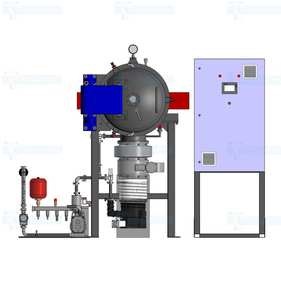
SNVS Vacuum Furnace-3.3/15- I6
High-temperature furnaces are capable of heating materials up to 1700 degrees. The scope of their application covers the heat treatment of various materials in an inert medium or vacuum. TULA-TERM furnaces are used for heat treatment of plastics, ceramics, metals, alloys, lacquers and other materials. The equipment allows sintering, annealing, soldering, quenching, drying, burning and molding. In industry, our installations are most often used for quenching parts and sintering hard alloys.
Tula-Term
Tula
Produced in: Tula
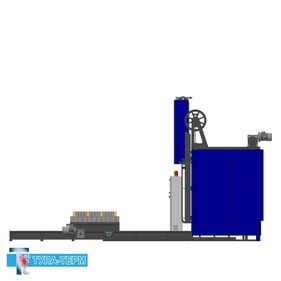
Chamber furnace with sliding hearth SNOT 15.15.12,5/12,5
from
680 000 ₽
Designation: SNOT 15.15.12,5/12,5
Temperature: 1250
Door opening: Electromechanical
Hearth drive: electromechanical
Camera size (WSHG): 1250x1500x1500
Regulation zones: 1
Tula-Term
Tula
Produced in: Tula
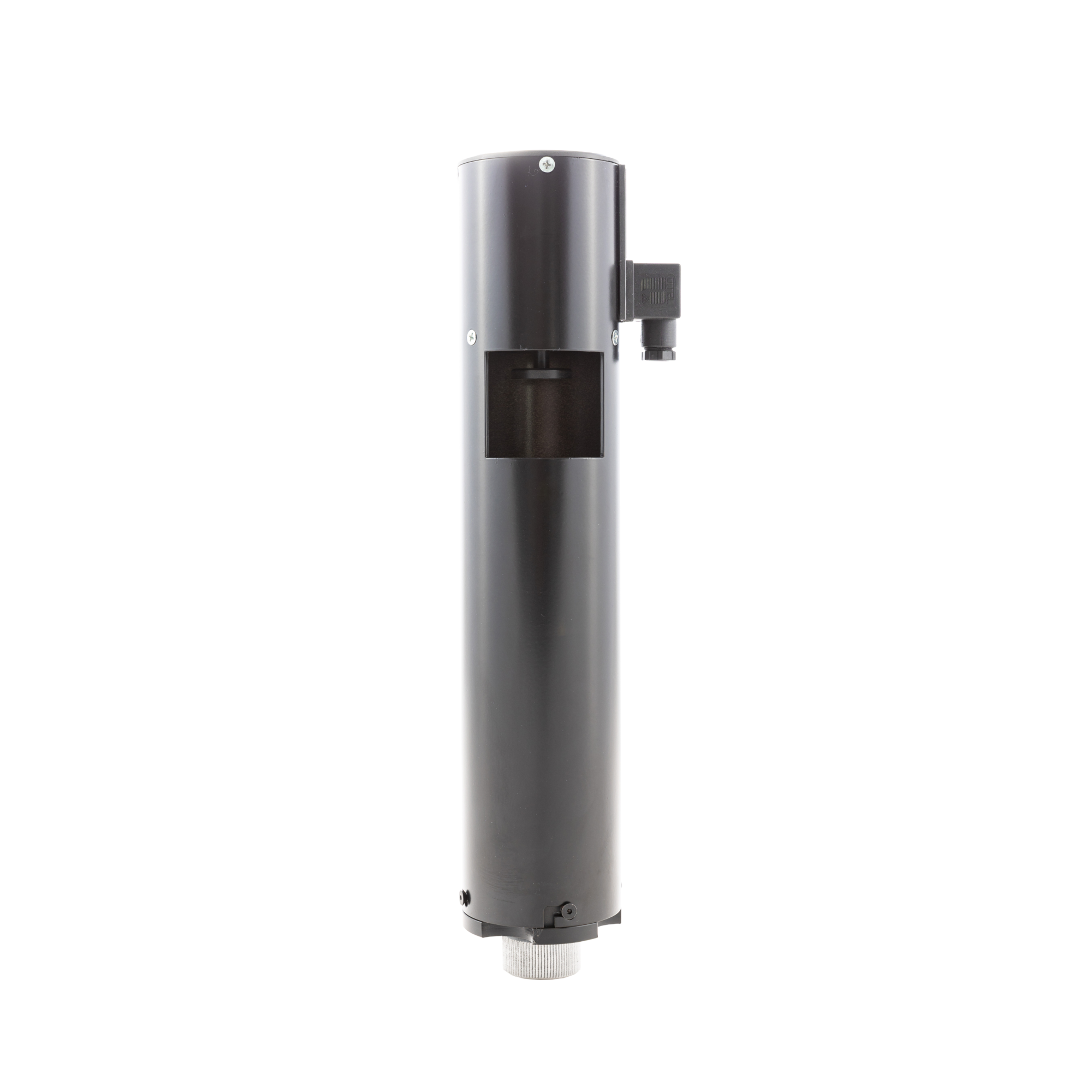
CD-1 Paint detector of defects 220V
from
60 000 ₽
The principle of operation:
The controlled extended product (pipe, rolled or wire) is passed through the working area of the flaw detector. When a defective area is detected, the flaw detector included in the automated system sends a signal to trigger the paint meter actuator, as a result of which the paint from the marker's aerosol can is applied to the surface of the controlled product through a window in the device housing.
Features and benefits:
- Any standard aerosol cans with a diameter of 68 mm can be used in the flaw detector;
- Easy replacement of the cylinder;
- The device does not require connection to the pneumatic line;
- High performance;
- The design of the CD-1 defect meter allows connection to any standard AC and DC electrical networks with rated voltages from 12 to 380 V.
Scope of application:
The CD-1 automatic paint sprayer is an auxiliary equipment and is used in conjunction with flaw detectors as part of in–line automated lines for marking defects in quality control of extended products made of various materials, ferrous and non-ferrous metals and alloys - welded, hot-rolled and cold-drawn pipes, rolled products, wire and products made of them.
The flaw detector can be used both in the production process and during input control on the consumer side at machine-building, transport, chemical and oil and gas enterprises.
*Custom-made versions for rated voltages can be of: 12, 24, 48, 110, 127, 220, 380V.
RII MNPO SPEKTR
Moscow
Produced in: Moscow
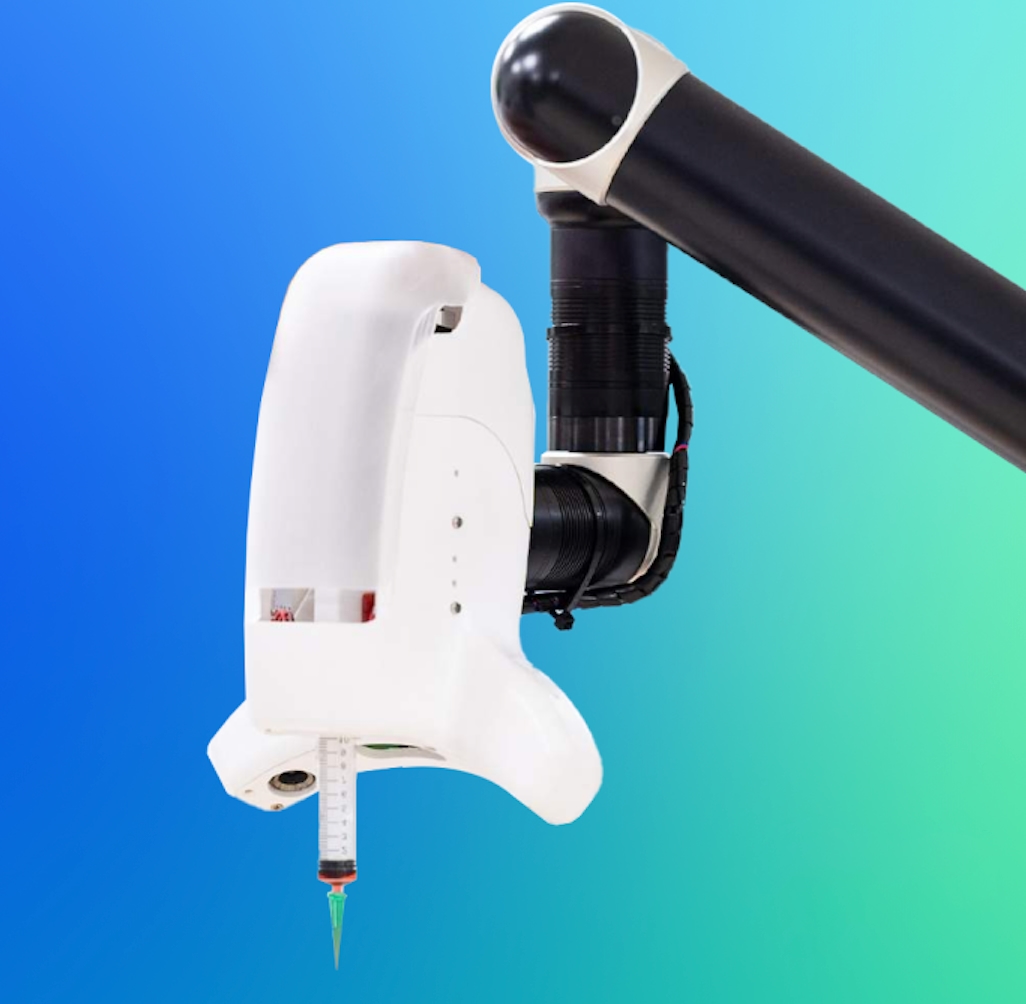
In situ bioprinter
The first Russian In situ bioprinter for printing in the wound bed is a robotic complex for studying surface damage to restore tissues and organs directly in the patient's body. The in situ bioprinter is suitable for biomedical research in the field of tissue engineering in the laboratory.
The bioprinter works with various types of hydrogels (including collagen of the first type) with the addition of cells, growth factors, etc. The printing time depends on the size of the defect and takes about 5 minutes on average.
The device complex consists of a 6-axis robot, a 3D scanner and a biomaterial dispenser. The printing process includes scanning, tracing, and applying the material.
Currently, the In situ bioprinter is at the stage of obtaining a medical device registration certificate for subsequent use in clinical practice.
Improved wound healing dynamics strongly suggest that in situ bioprinting can be used as a new successful therapeutic method for the treatment of soft tissue defects.
Significant advantages:
● Performs bioprinting even on a dynamically changing surface (optional: adaptation to micro-movements or breathing of the patient)
● Versatile in the use of different types of hydrogels (both sodium alginate and collagen; with and without cells, etc.)
An important feature of the In situ bioprinter is that the bioprinter is suitable for various industries and can act as a "classic" 3D printer.
MISIS
Москва
Produced in: Moscow
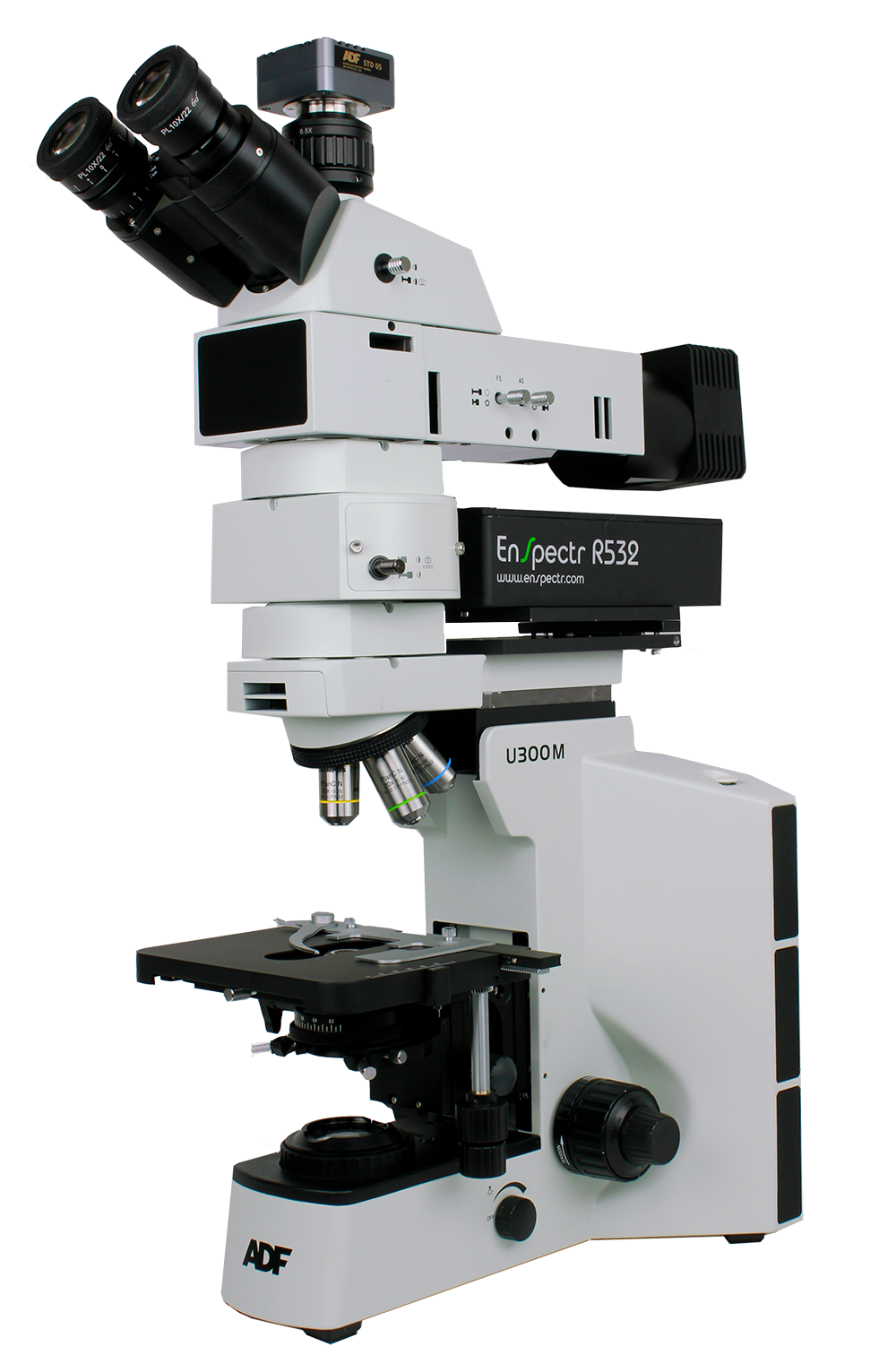
M532 Raman microscope by Spektr-M
1 supp.
The M532® Raman microscope combines the capabilities of the Inspectr R532® Portable Raman Express Analyzer and the U300M microscope, adapting it for both transmission and reflection measurements. The wide functionality of the M532 microscope makes it possible to find and analyze individual particles with a size of 2-3 µm among many similar ones with similar physical and chemical properties, which opens up new research opportunities within the framework of a single Raman system. A spatial resolution of 1 µm and a spectral resolution of 4-6 cm-1 ensure excellent measurement accuracy and reproducibility. The compact design and portability of the instrument allow for high-quality and instant analysis of substances without sample preparation, which makes the M532 microscope an indispensable instrument for a wide range of studies. Equipped with a motorized slide (optional) with a step of 0.36 µm, the M532 microscope scans the surface of the sample, recognizes substances in multi-component heterogeneous mixtures and creates a graphical image of the intensities of Raman scattering characteristic lines at various points on the surface (2D mapping), which makes the M532 microscope the most advantageous in terms of price-quality ratio scanning Raman microscope in the world market.
Spektr-M
Chernogolovka
Produced in: Chernogolovka, Moscow region
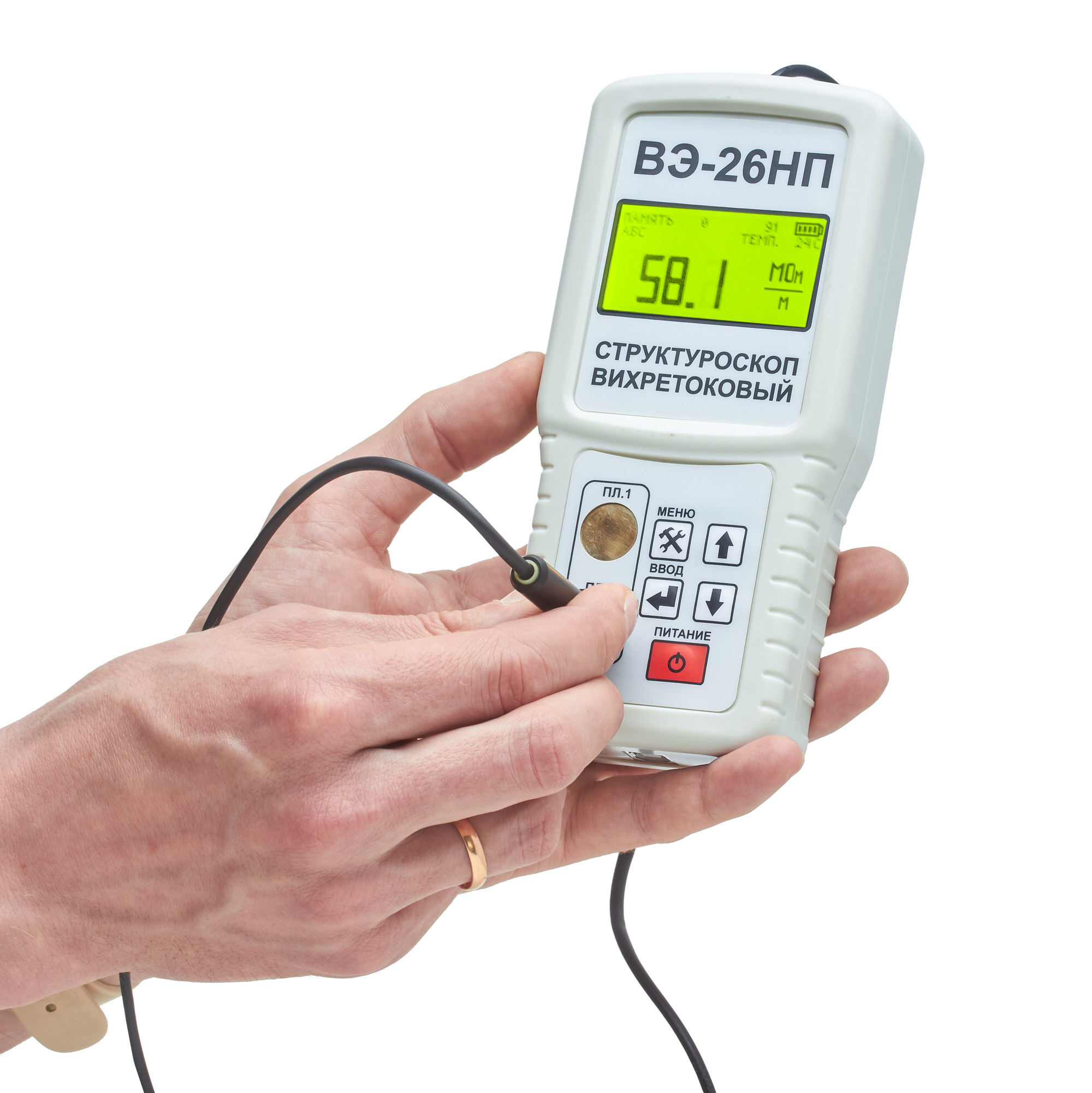
VE-26NP Eddy current structuroscope
from
195 000 ₽
Distinctive features:
The built-in thermometer allows you to take into account the influence of ambient temperature and improve the measurement accuracy. The built-in memory stores 4096 electrical conductivity measurement results for subsequent transfer to a PC.
Specifications:
Measuring range of the absolute value of specific electrical conductivity, MSm/m from 5 to 60
Measuring range of increments of electrical conductivity, MS/m from -9.99 to +9.99 Limit of permissible basic relative measurement error, % no more than 2 Permissible gap between the transducer and the surface of the controlled product, mm, no more than 0.25 Digital display of measurement results Power supply from RRZ type battery, V 9 Power consumption, mW, no more than 40 Operating temperature range, °C 5...40 Dimensions, mm 57*84*30 Weight, g 270±20
Measuring range of increments of electrical conductivity, MS/m from -9.99 to +9.99 Limit of permissible basic relative measurement error, % no more than 2 Permissible gap between the transducer and the surface of the controlled product, mm, no more than 0.25 Digital display of measurement results Power supply from RRZ type battery, V 9 Power consumption, mW, no more than 40 Operating temperature range, °C 5...40 Dimensions, mm 57*84*30 Weight, g 270±20
RII MNPO SPEKTR
Moscow
Produced in: Moscow
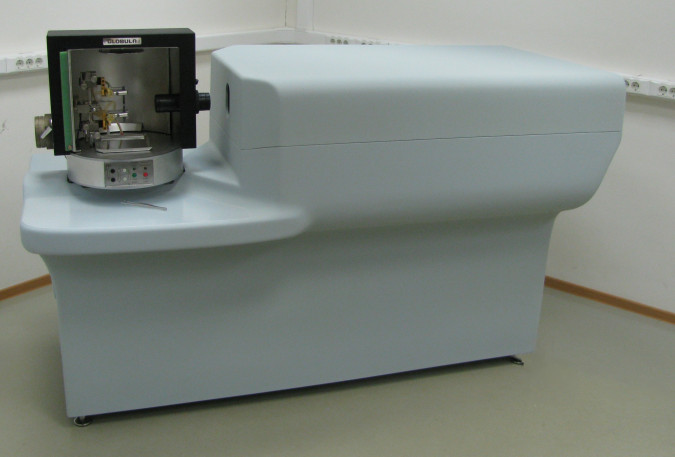
Atomic Emission Complex "Grand Globula"
Atomic Emission Complex "Grand Globula" includes a spectrometer "Grand", a spectroanalytic generator "Ball Lightning" and a tripod "Globula". It allows the analysis of various substances and materials in arc and spark discharges in air, for example according to GOST 17818.15-90 "Graphite. Spectral analysis method", GOST 9717.1-82 "Copper. A method of spectral analysis based on metallic standard samples with photoelectric spectrum registration" and other MVIS.
VMK OPTOELEKTRONIKA
Novosibirsk
Produced in: Novosibirsk
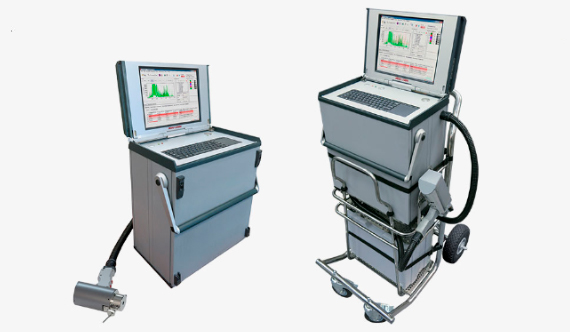
Atomic emission spectrometer Iskroline 500
1 supp.
The main advantage of a mobile spectrometer is the ability to measure the composition of alloys not only in the laboratory on specially prepared samples, but also directly in a workshop or warehouse without cutting the product or workpiece.
Iskrolajn
Saint Petersburg
Produced in: Saint Petersburg
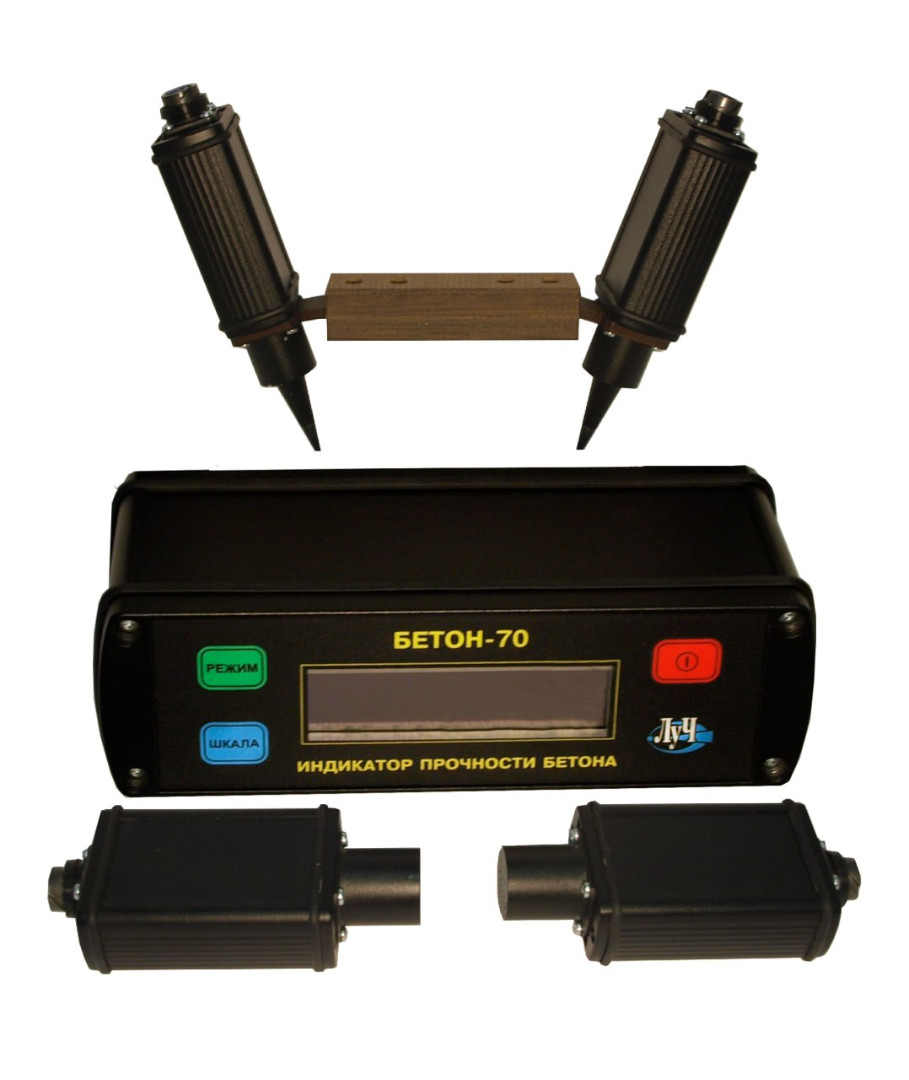
VLE-1023CI Comparator Scales
1 supp.
Technical characteristics:
NIP, G1020 Discreteness, g0,001
Self-calibration
The size of the scale bowl / platform, mm108x105
The smallest weighing limit, g0,1
The price of the verification scale division, mg10
The limits of permissible error during initial verification, mgot 0.1g to 500 g incl. ±5; sv. 500g to 1020g incl. ±10 according to GOST OIML R 76-1-2011
Accuracy class according to GOST OIML R 76-1-2011I special
The actual typical error limits of the scales, mg * ± 4 in the entire range
The weight adjustment is built-in
The setting time, s, no more than ~ 1.5
7 years warranty
NPK LUCH
Balashikha
Produced in: Balashikha, Moscow region
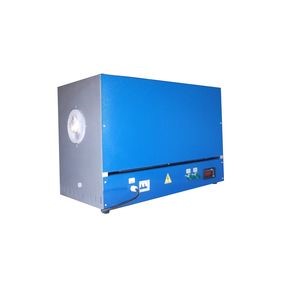
Electric furnace tubular laboratory SUOL 0,3.2/12
from
184 078 ₽
Electric tubular laboratory furnaces are designed for calibration of thermocouples and dilatometers, heat treatment and determination of the melting point of metals, alloys and other work at temperatures up to 1250 ° C in stationary laboratories. SUOL tubular furnaces are used in many industries and agriculture, are indispensable in factory and research laboratories.
Tula-Term
Tula
Produced in: Tula
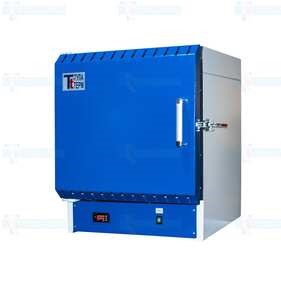
Laboratory electric furnace CHO-80
from
519 215 ₽
Designation
SNO-80
Volume, l
80
The material of the working chamber
is ceramic
Heating
4 sides
Power consumption, W, max
12000
Minimum operating temperature, 0C
100
Tula-Term
Tula
Produced in: Tula

Metolab 422 Vickers Hardness Tester
METOLAB 422 is a stationary hardness tester for measuring the hardness of various materials (steels, cast iron, non–ferrous metals, soft alloys, etc.) according to the Vickers method, HV scale. The measurements correspond to GOST R ISO 6507-1-2007. The device has an automatic loading system, which, in turn, ensures the highest accuracy of the readings given.
Among the features of the stationary METOLAB 422 hardness tester are automatic switching from the indenter to the lens; software calculation of the hardness value; statistical processing of results (calculation of average/maximum/ minimum values); conversion of results into Vickers, Brinell, Super-Rockwell scales.
The METOLAB 422 hardness tester software is fully available in Russian.
The stationary METOLAB 422 hardness tester is included in the State Register of Measuring Instruments of the Russian Federation (GRSI) and comes with a certificate of primary verification (on request). The entry number in the GRSI is 67656-17.
Distinctive features of the stationary METOLAB 422 hardness tester:
Simplicity and convenience in operation and maintenance of the device;
Wide range of measured values – from 5 to 2500 HV;
Wide range of automatically applied test loads: 0.3 kg (2.94 N); 0.5 kg (4.9 N); 1 kg (9.8 N); 2 kg (19.61 N); 3 kg (29.4 N), 5 kg (49 N), 10 kg (98 N);
Automatic conversion of measurement results into the following scales: HRA, HRB, HRC, HRD, HRF, HV, HK, HBW, HR15N, HR30N, HR45N, HR15T, HR30T, HR45T;
Large and bright LCD display displaying all the necessary information, including the selected scale, set load, exposure time, test mode;
Automatic switching from the indenter to the lens;
U disk for saving data in Excel format for easy editing and processing;
Digital calibration of the hardness tester;
High accuracy and repeatability of measurement results.
Basic delivery package:
Stationary METOLAB 422 hardness tester;
Standard Vickers hardness test - 2 pcs.;
Flat desktop;
Large flat desktop;
V-shaped desktop;
10x micrometer;
10x and 20x microscope lenses;
Diamond indenter with an angle at the top of 136°;
User Manual.
Metolab
Moscow
Produced in: Moscow